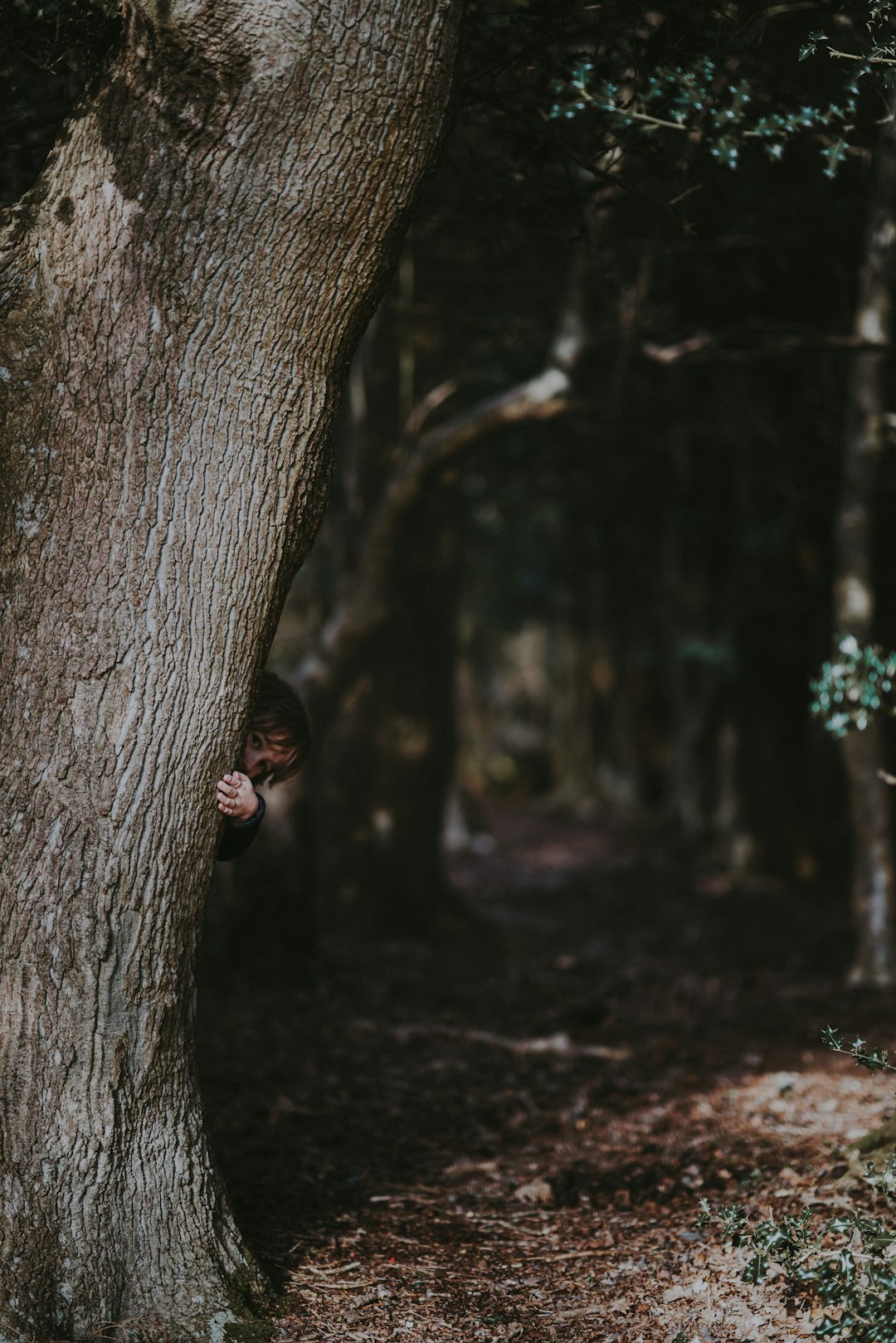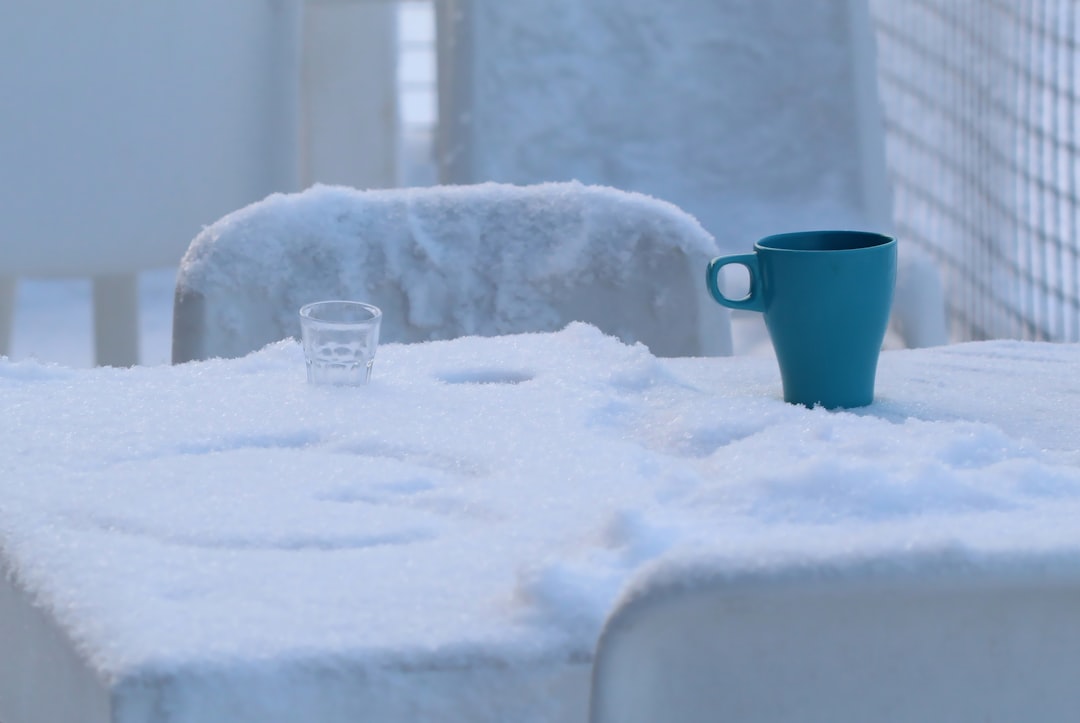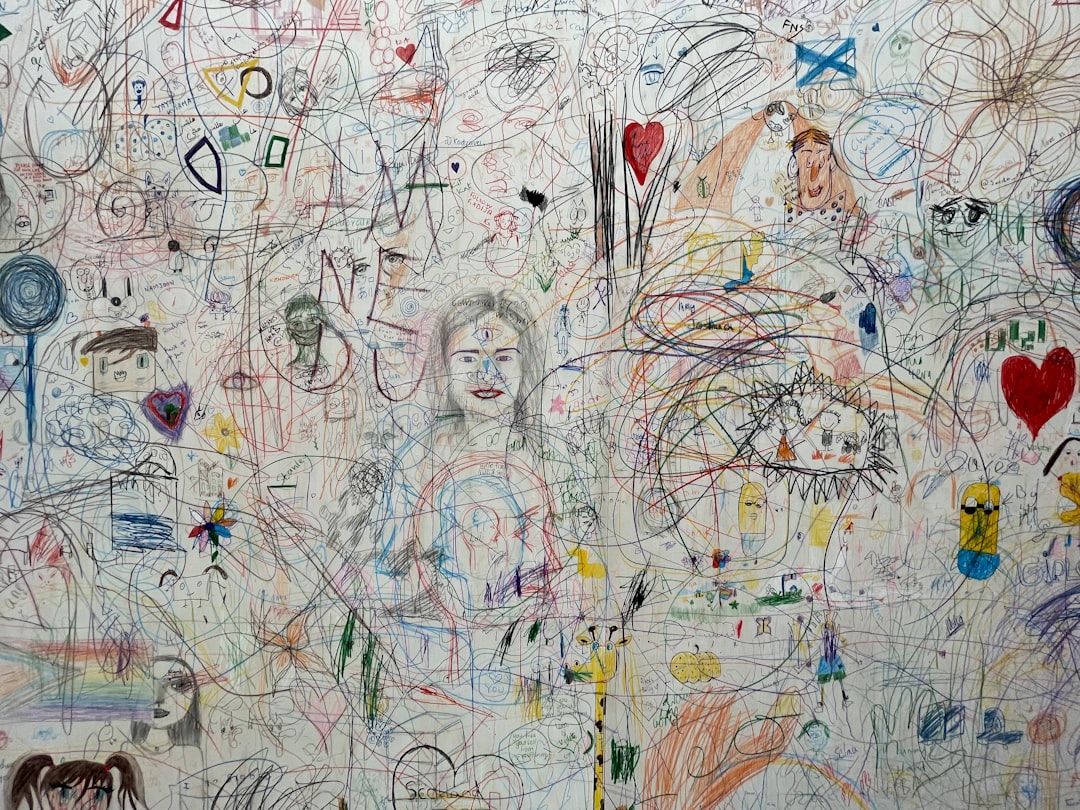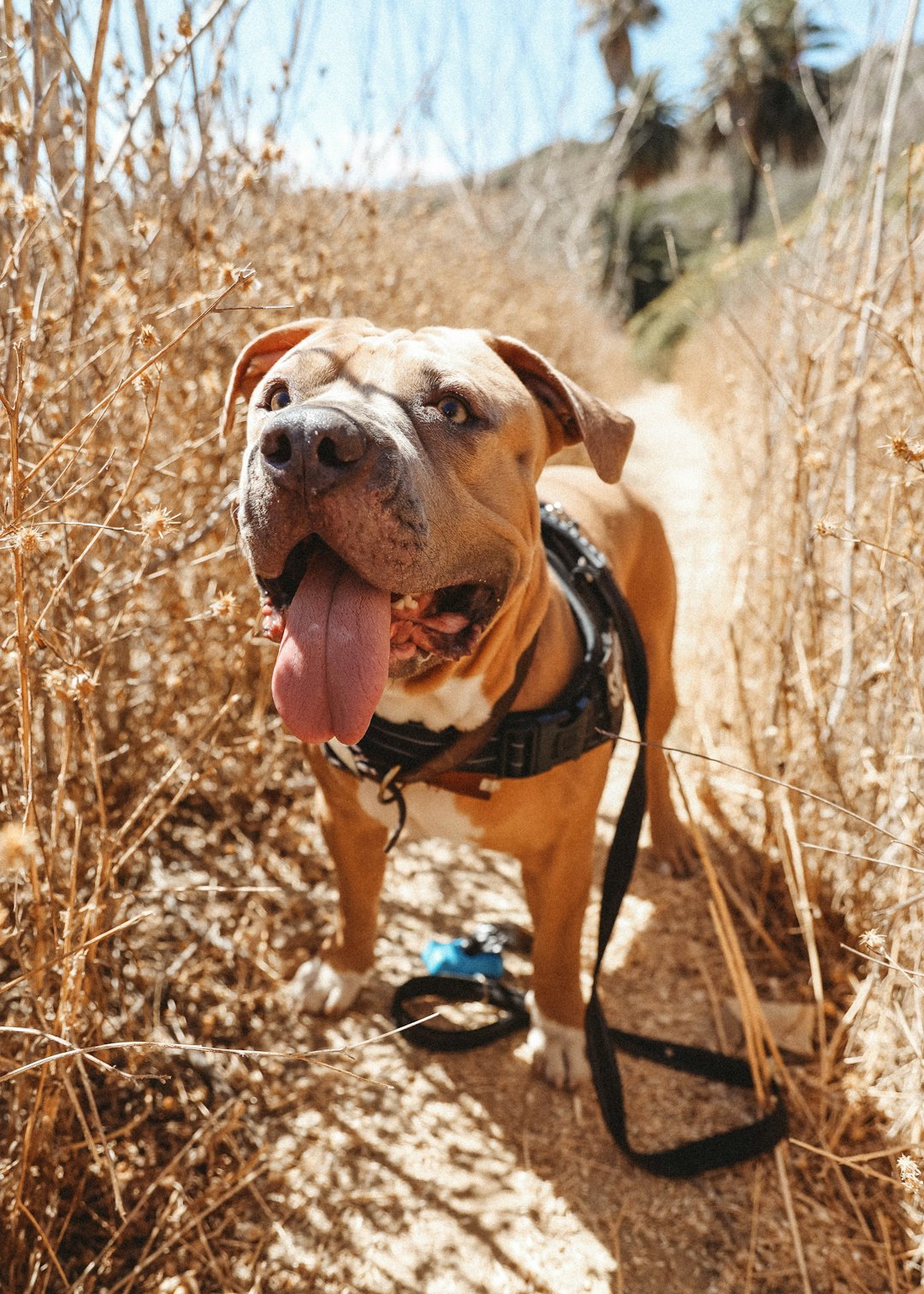April 1
the monthly potpourri for all readers--thoughts on teaching and learning to write; prompt-of-the-month; from the archives. And more.

Hide and seek
In my recent post about “Sweaty Pliés,” I asked about your thoughts on being taught and learning to write.
In the comments of that post, Joan mentioned how the constant correction throughout a dance class is what she learns from, and how this differs from writing. True… no one can be there, reading over your shoulder, and telling you how to do it. Although, once you are on stage, performing, no one is there either. You’re on your own.
Learning how to work together with your own manuscript is a lot like playing hide’n’seek.
Remember how you developed your hide’n’seek chops as a child? When you thought hiding in the open would do it? Don’t laugh—we’ve all done it. But you were spotted and even gently—if you were lucky—mocked.
Next step, maybe you thought camouflage would do it!
Then behind a tree—as in the photo. Or maybe behind a curtain. Before you realized your feet, sticking out, were a dead giveaway!
Eventually you got so good the sun would go down and you still weren’t found and you’d be scaring those looking for you.
That’s how we learn to write, bit by bit, learning about playing the game and creating. There’s you, the writer-hider. You create a story in how and where you choose to hide. Your “seeker” is your reader. In the beginning your struggle is exposed. Your stories are finding their way. Slowly. As a child you are not so conscious of this learning taking place, and you were not terribly impatient with yourself (what a gift!) even though you know you’re not quite where your older siblings or neighbour kids are at with their knowledge. You’re learning, and it’s okay. Remember how being in this state works, and embrace it, even as you strive to move on.
Eventually, your hiding places and tactics—your capacity to find others—grow more complicated; your reader has to work harder, and is drawn deeper into the game.
With writing, it can be hard to know if and how you are learning, and how much you are learning. It can be discouraging. On a recent post, Amy noted how she’s held on to all of her writing drafts to look at and even to know she has written. I think, too, that to look back at an older piece is to see and experience what you have “learned.” It can feel immeasurable in the ways we are used to qualifying.
Sometimes it feels less like learning, and more about peeling away layers of “not-writer” to get to the writer part of you. Be open to this—it might surprise you.
There’s not a lesson plan for this. It’s much like being young and hiding your eyes only to believe you are in the hiding game. Then picking up from those around you (reading those around you?), or beginning to understand how the “good spots” work. Reading, and the application of picking up on what others do, and what works for you and your stories. For ages—I do remember—I wondered how my big brother found the hiding places he did. I’d feel so frustrated that he would find them, and that he could always see immediately where I was hidden.
Learning to write is to read and observe, and then take risks. I was reading about Thomas Merton, speaking of someone he knew going to school to study theology, then emerging from his studies some time later, but “he learned nothing dangerous.” Maybe we’re not used to thinking of “theology” as dangerous, but it should be—maybe more so than other areas!
Really, what is meaningful should have some element of danger; it means we are stepping out, taking risks. You can’t live and love and create without risks, without danger.
Just like hide’n’seek and early lessons with “danger.” I also remember climbing high enough into a tree—to where no one thought I could climb, being there for hours, while on the ground they searched everywhere. There was a sense of anxious glee when I realized what little stir I’d caused. Before our readers feel the depths of our work, we should.
And so I appear perhaps to have wandered off the topic of “teaching” and “learning.” But I haven’t. It’s something that we “talk around,” not to.
Because we can only dissect the dead. We can study the living. And we need to keep our writing alive. Study and experience. Embrace the danger. Don’t erase it from the words.
~~~
PROMPT
Let’s stay with childhood games for our prompt.
I was listening to a young astronaut being interviewed on CBC. He will be the first Canadian on the moon.
As kids, my older brother and I—who grew up without television—would play with the enormous pieces of cardboard that my dad would bring home from work. We would stand them in hexagon shapes, almost up to the ceiling, and they would be our “rocket ships.” That was the era. We would also cover the ironing board with a heavy quilt, and sit under it… our “submarine.”
What were your childhood games? Who did you play them with? What was the adventure? What stories come from that time, and those activities? What realizations?

Share a poem or short story, or a memory. And post here in the comments.
~~~
Re-cap of March posts
For those of you who are new readers, the “first of the month” posts are always free, and include a few notes on the previous month’s posts. You can see if you’ve missed something.
The first post for March had thoughts on ‘pain vs discomfort’ in writing, and connected thoughts for the prompt.
The post for week 2 was lengthy, and a look at the final and contractual edit for my new novel, due for release in Spring of ’25. I work with the elements of presence and absence when I’m re-writing, and this post explains what that means. I also appreciate the “find” capacity when I’m at this point in the manuscript process, and I share that, too. Do check out this post, if you have questions about edits of a work, especially when preparing for the last round-draft before sending to to the world.
Third week, we continued to work with this final edit, with a revisit of all my original generative notes.
And the “sweaty pliés” piece, mentioned in the opening here. I have learned so much about writing from dance—in my case, flamenco. But studying other art forms always informs our writing. Please share thoughts on other art forms that connect with your writing.
~~~
Annual Q&A - bring ’em on
So far three questions have been shared for this series:
publishing — in a general sort of way, for both long and short fiction
looking for reliable and easy-to-use for speech-to-text writing (if any of your have knowledge on this one, please weigh in! I’d love to hear about your experiences with this bit of technology).
ways to promote first novels
Please add to this list. I’ll be putting together answers and thoughts. (“Thoughts” because sometimes there isn’t a set of “answers.”)
Note your questions here or send me an email: alison@alisonacheson.com
~~~
FROM THE ARCHIVES
I first posted this a year and half ago, and it seems timely, as we are about to do some hiking out here on the road. Hiking always brings something to my writing work—it’s not just other art forms that do this!
Loop Trail or Back-and-Forth - a way to think of story-structure
Didn’t see this guy on your way in… or out? You might be tiring of my hiking analogies. This is the last… until next season. But I did promise a post on the “loop trail” versus the “back and forth,” and the idea struck me as I was on Whidbey Island, WA, in a park full of paths, and our plan was to stick to the outer-most…
~~~
Write and unschool on—







This is a piece sent to me--by Jane--to post here for the "games" prompt (Jane who gifted us the red shoes" prompt some months ago!)
~~~~~
I had two, younger brothers and we were often sent outside in our enclosed back yard to play. This gave my mother a much needed smoke break and a chapter from her monthly Readers' Digest.
As the big sister and already going to school,I was expected to watch over these toddlers when I got home. They tended to pick up anything they found and reshape it, taste it ,or try to fingerpaint with it in the garden soil. Our gentle German Shepard,Molly, would let me know if they were trying something audacious. The year before I started school, my mother had to put mosquito netting over my youngest brother's play pen when he was outside. We had several apple trees in our yard that housed tent caterpillars. She'd found some unlucky ones while changing his diaper.
My other brother being more mobile, was much more discerning in his discoveries. He had a fascination with slugs but after my horrific outburst and the dog's incessant barking , he could no longer put them in his mouth.
The sprinkler was the safest of our back yard activities. After we got tired of running through it, I would lift it up and haul it around the yard searching for my brother who wisely found bushes to hide in. When I found him,he got a thorough drenching. I think my mother secretly appreciated this as it washed away the mud and saved her from bath time shenanigans, yet I still got punished for my water torture technique. This skill I 'd learned from experience, playing with the older kids in our neighbourhood.
Front yards were not fenced and I'd run howling along, with the gang through the rows of sprinklers. Those who stayed the driest won but later got spayed with water guns from teens hiding between the houses. The sprinkler drenching was reserved for the driest one left.
Hide and Seek involved any kid allowed to roam out of their yard. The hiding area covered the whole block. Those who could count to 60 or read the second hand on their Mickey Mouse watches got to be the Seekers. I could climb a tree quickly and managed to escape capture and watched while those caught had to frog hop back to the starting area. We younger ones endured the older kids creative punishments just to be part of their gang.
I drew the line at any kind of cowboy or cops 'n robbers ,shooting games. Those like me ,retreated to the far end of the street to play jump rope games. We tried to out do each other in our knowledge of jumping rhymes. Sometimes a few older girls would show up and teach us how to skip through the long rope. A clique of fifth grade girls played 'Double Dutch' which I dreamed of joining but only a very few more agile elementary kids got invited to join this game. I tried and tried but never quite got the hang of this so stuck it out with long rope games and worked at learning all the chanting rhymes. I was better with the group who had their own ropes which they brought to school. We'd gather in a corner of the playground after lunch. I glued glitter to strips of masking tape and wound them around my rope, hoping this extravagance would improve my performance.
By grade four, I had an 'in' with the boys who played with baseball cards.They would pitch them against the school wall. The one who got the most cards leaning up against the wall, won and could choose cards from the other players' packs.
I took some of my weekly allowance and bought baseball cards, at the general store, whenever our family stayed at our cottage which was just across the border. These kinds of cards were not available in Canada. The fourth and fifth grade boys were eagerly to trade me stacks of their bent, dog-eared cards for a few of the new ones I got from the 25cent bubble gum pack. I was a hard bargainer and they could only trade for one or two of my cards at a time. I really had no interest in baseball games but I craved that moment in the limelight when rushed over to see what cards I'd got with my gum. I used their stacks of old cards to bribe my brothers into following my 'big sister' rules when they got annoying.
I am 10, it is August and we are as always in the brown-stained board and batten main cottage. Normally my mother's sister and her family stay in the cottage in July, but this year they are in the apartment above the boatslip while my uncle works in Edmonton where they live, which is why they didn't use the cottage in July.
July, the best weather, sunny, warm, unlike August chills and rain. "Why can't we use the cottage in July?" I whine to my mother. We live in Western New York State, the Niagara fruitbelt. Our family cottage is in Bobcaygeon, Ontario.
"I need to make jam and chili and mustard pickle when fruits are in season," says my mother.
So this is a rare summer when these cousins are at the lake at the same time as us.
My 12 year old oldest brother and 14 year old oldest cousin, black-haired to our blonde, decide to build a raft. They find old planks of wood, used styrofoam I don't remember what floats, and build a fire on our tiny half-mooned beach rimmed with flat sitting rocks. They get empty coffee cans from my recycling mother and boil pitch in them over the little fire. My mother's 2 youngest brothers saw down a sapling from the sparse woods beside the beach and strip it. This will be the rafting pole.
The rickety brown raft is a success. When my brother and cousin get tired of poling down the lake we, my cousins and siblings and me, push, kicking up bubbles in the green lake, the raft to the neighbours' perfect spot. That summer, and the next, any kid who is around, locals, cottagers, swim out to the raft, climb on, and we all stand in one corner. 7 feet below us are the ribs of an old logging barge. The shore is lined with trees - our property - and the rest with cottages and lawns.
We crowd onto one corner of the raft, slippery in wet swimsuits, laughing, challenging, determined to be the last one standing. More often, the raft flips and we all end up splashing in the water.
16 years later, long after the raft has rotted, my family rips itself apart. Our beloved property is subdivided. Sold off. My family is shunned. For decades.
This year my oldest brother turned 70. I sent out an email to family, including all those cousins with whom we are tentatively back in touch, and the raft memory comes up. It triggers other memories, memories that bind.